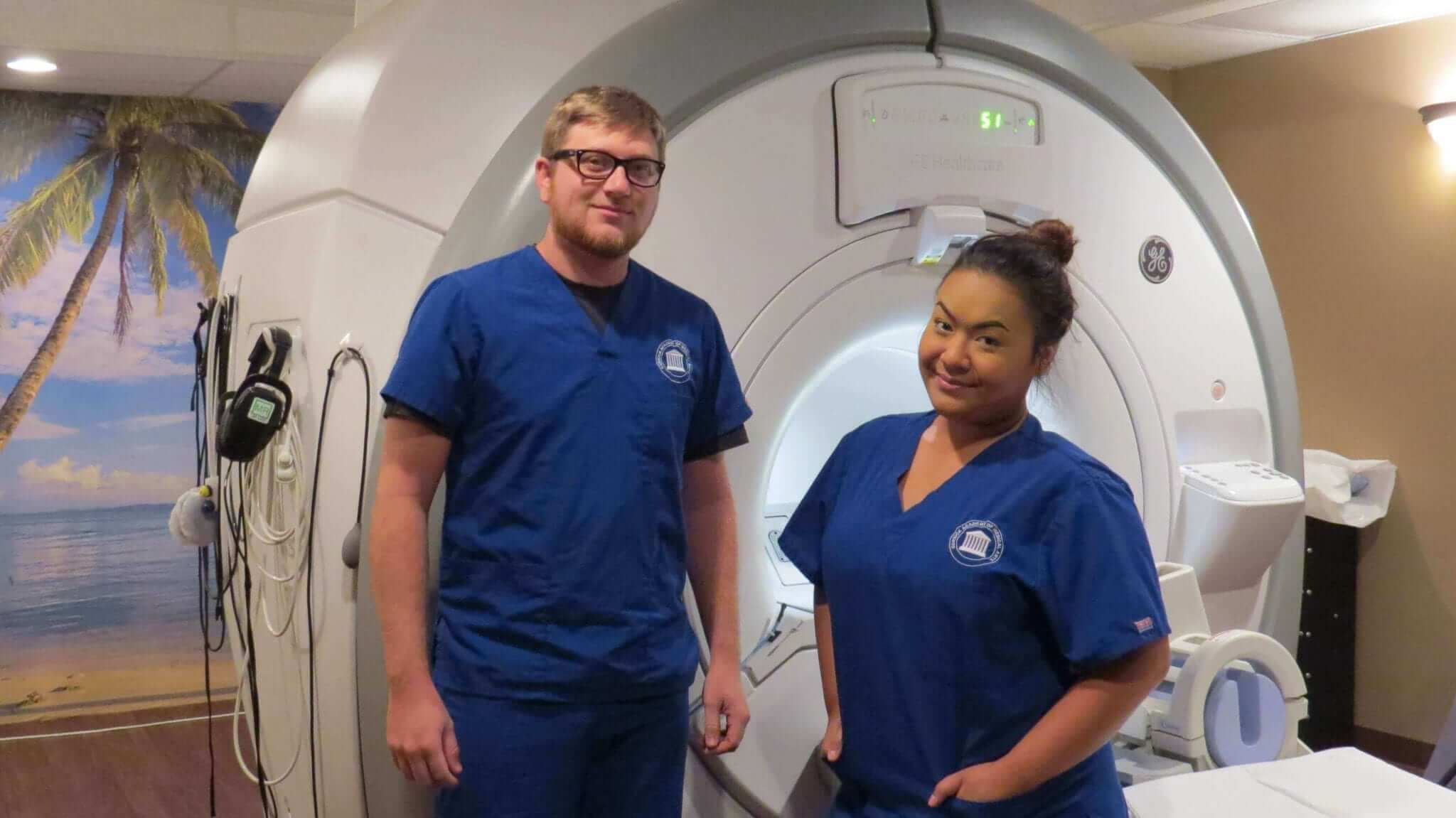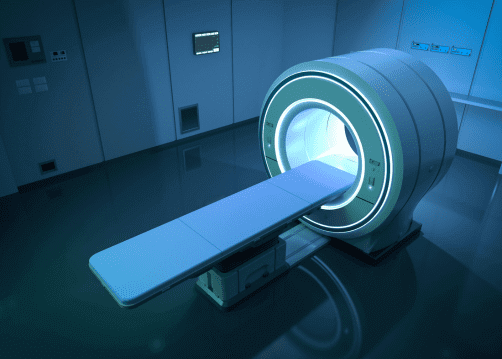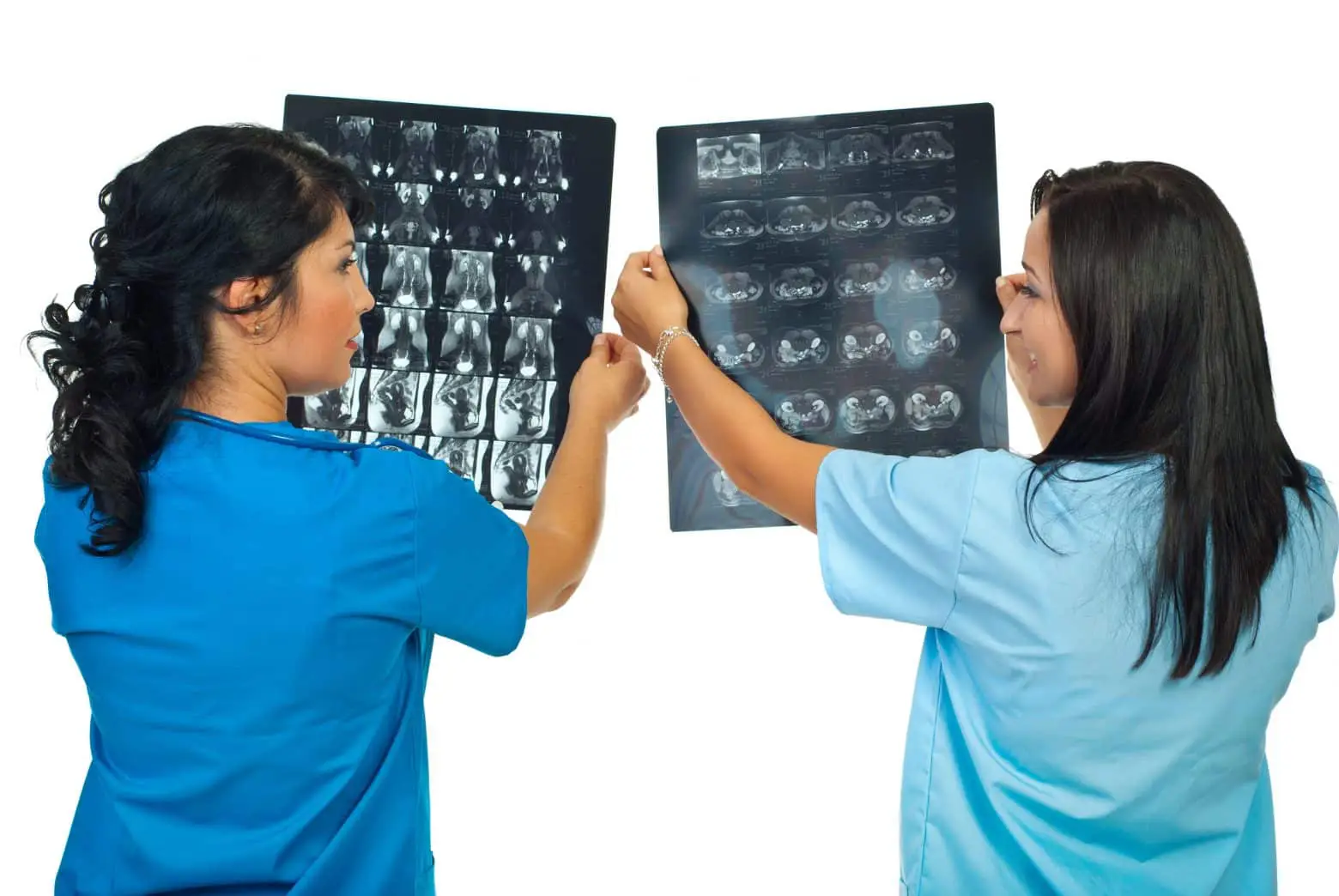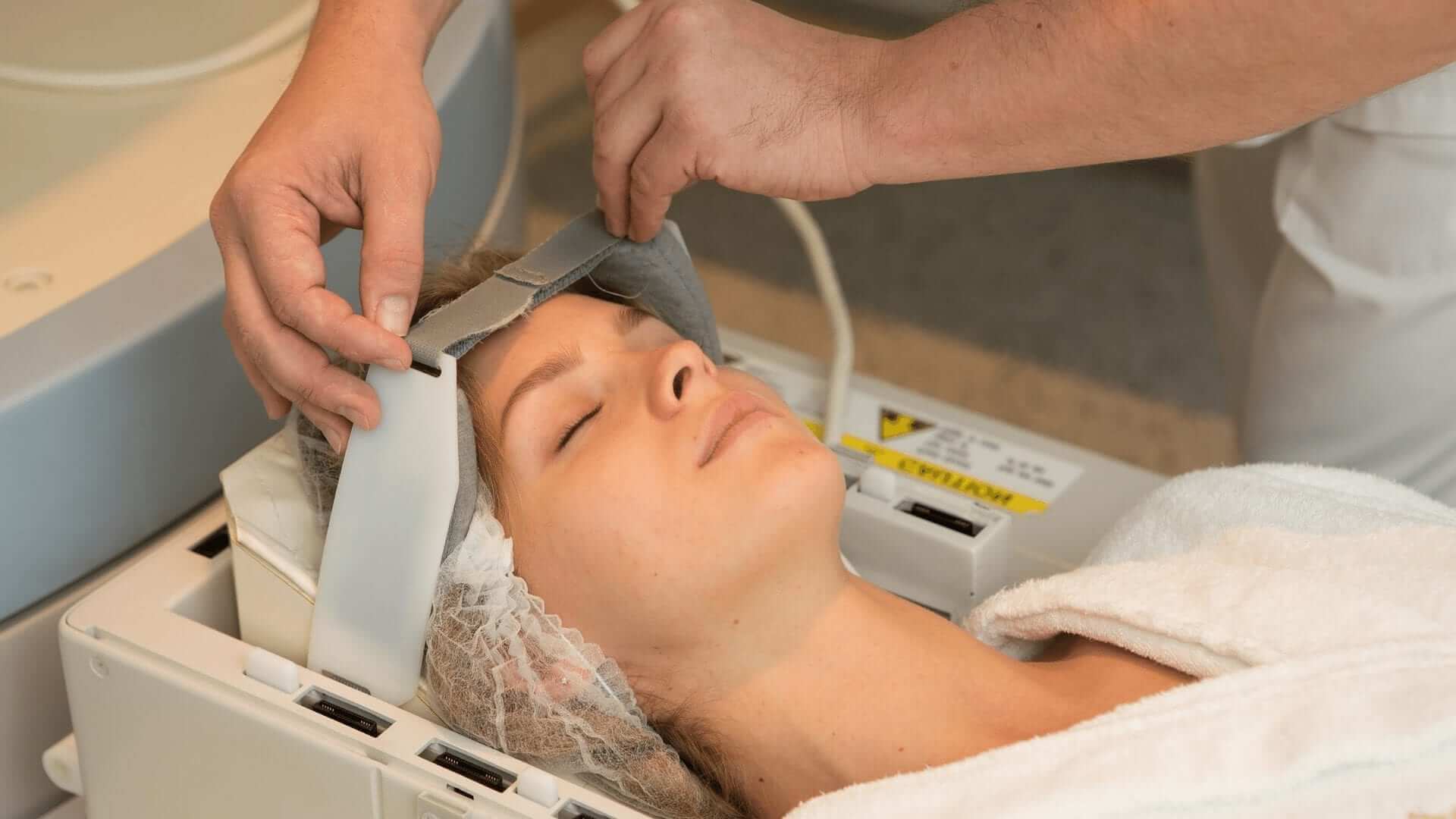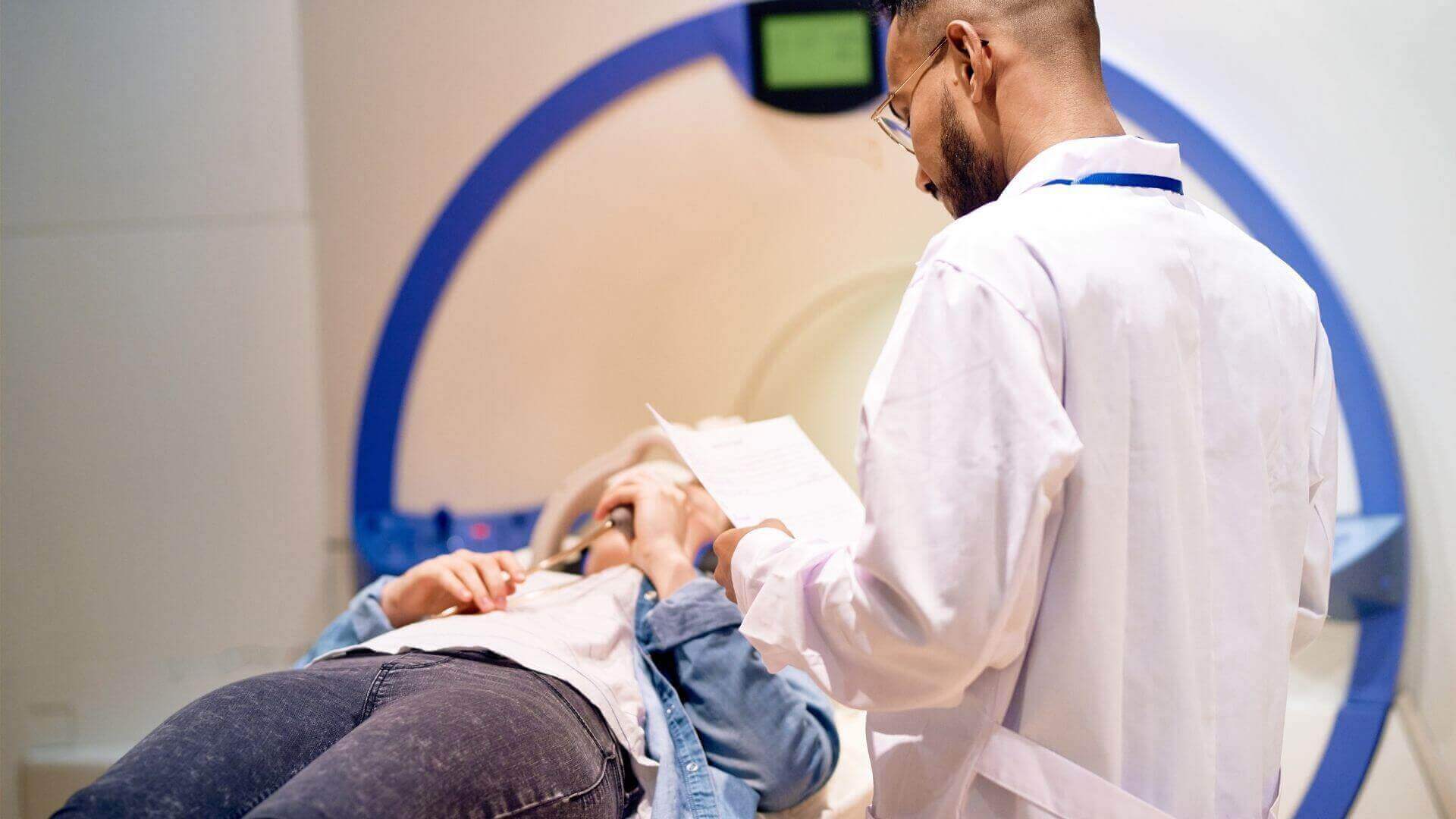How To Earn Your A.S. in Magnetic Resonance Imaging
Date: October 17, 2022
The field of Magnetic Resonance Imaging (MRI) is an important and growing area of healthcare. Today, MRI Technologists play a vital role in diagnosing and treating patients. As a result, there is a high demand for qualified Technologists.
Certification
To become certified, one must complete an accredited MRI program. These programs are full-time and require a commitment to the profession in both time and energy. Students learn how to operate MRI machines and interpret images during this course. They also gain experience working with patients.
Ultimately, students are prepared to sit for the National Certification Exam after completing an MRI program. With certification, MRI Technologists are eligible to work alongside doctors, physicians, and other healthcare professionals. Overall, these professionals play essential roles in providing quality patient care.
Primary Eligibility Pathway
Generally, a Primary Eligibility Pathway* to certification includes what is referred to as the Equation for Excellence. Simply put, this stands for: Education + Ethics + Examination.1 To clarify, we have expanded the equation and unpacked what each letter means below:
1. Educational Requirement
a. Primarily, one must earn an associate degree or higher from an accredited organization before sitting for the national examination.
Gurnick Academy of Medical Arts offers an A.S. in Magnetic Resonance Imaging which can be completed in 18 months.2†
b. Ultimately, one should complete an approved educational program* in the same discipline as the credential they are pursuing.1
Gurnick Academy offers a program based on the parameters suggested by the Joint Review Commission on Education in Radiologic Technology (JRCERT), the Association of Educators in Imaging and Radiologic Sciences (AEIRS), and the American Society of Radiologic Technologists (ASRT).2
2. Undergo Ethical Review
Medical professionals must always act in the best interest of their patients. To become a candidate for certification and registration, one should demonstrate good moral character and adhere to specific requirements. In short, candidates must undergo an evaluation process by an ethics review committee. Specifically, the review is initiated when one completes a formal pre-application packet viewed by a board.1
3. Pass the Examination
One should then pass a National Examination within their chosen discipline. Primarily, exams assess whether one has the knowledge and cognitive skills required to enter the profession. By and large, exam questions accurately reflect today’s practice standards.1 While an MRI education is vital because it helps develop the knowledge and skills required within the practice. All in all, a good education should prepare one for the national examination.
To Summarize
In summary, remember that training varies depending on the certification one earns. Ultimately, one should be aware that their education is lifelong. In essence, training will continue long after receiving your certification. This is because novel methods are continually being released while new technologies are forever expanded and introduced.
See Our MRI Program Today
Isn’t it time you see if an MRI education may be proper for you? See our program information today.~
*One may earn an MRI credential using Primary or Postprimary Eligibility Pathways.
†72 Approved Instructional Weeks
Citations:
1^a, b, c, d “Initial Requirements for Earning ARRTⓇ Credentials.” The American Registry of Radiologic TechnologistsⓇ (ARRT).Ⓡ (Accessed December 1, 2021.)
2^a, b “Nursing, Imaging, and Other Healthcare Programs.” Gurnick Academy of Medical Arts. September 1, 2021. (Accessed December 1, 2021.)
ARRT,® the American Registry of Radiologic Technologists,® and R.T. (MR) (ARRT)® are registered trademarks owned by the American Registry of Radiologic Technologists.® Gurnick Academy of Medial Arts is not licensed by, endorsed by, or affiliated with the American Registry of Radiologic Technologists.®

